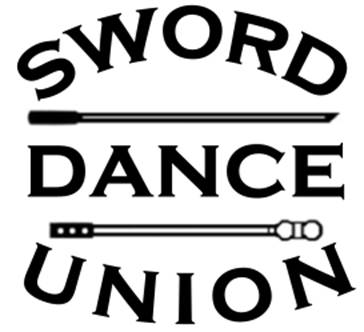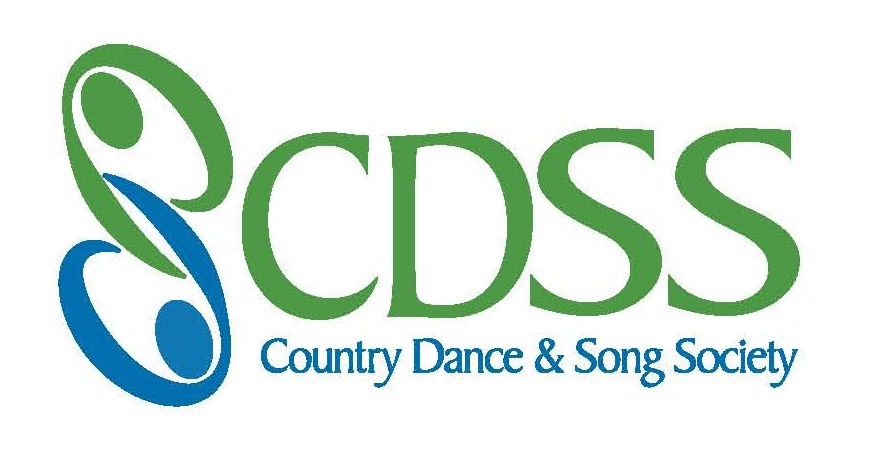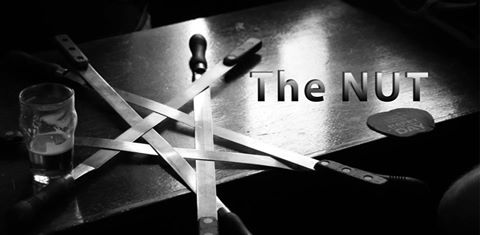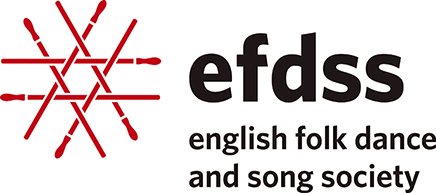The Sword Dance Documentation Project aims to illuminate the history of sword dancing Europe and North America, document the current state of sword dance today and lay the groundwork for a path forward celebrating these traditions and connecting dancers nationwide. It consists of five distinct but interconnected modules, each of which speaks to one or more of these objectives. The first was a research project carried out in 2011-2012 on European sword dance. Second is a census of sword dance groups and dancers to gather data and understand the landscape of sword dance today. The third will trace the lineage of sword dancing over the past century. The forth is a video documentation project and archive of every team in the USA and UK. The Sword Dance Documentation Project will culminate with the first national American sword dance festival, bringing together dancers, sharing dances, presenting research, and drawing public attention.
Module I: European Sword Dance (2011-2012)
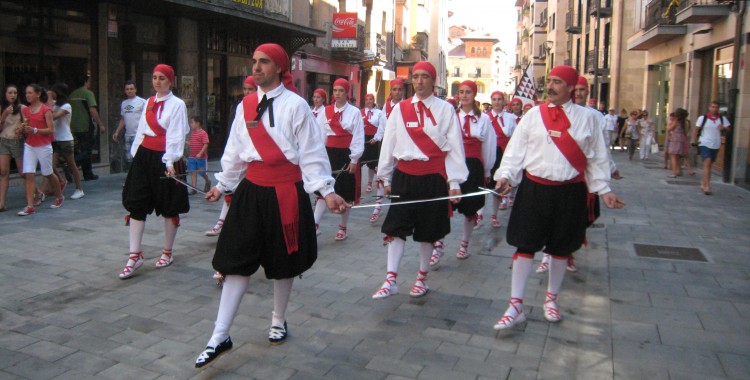 This module was conducted as a year-long research project with support from the Thomas J. Watson foundation during which I worked with around 30 dance groups in 10 countries, learning, notating, and recording sword dances, and conducting interviews with dancers. Though a work in progress, I have started to publish material on this site to serve as a resource for dancers, researchers and the general public. I envision the final site as a combination of a visual archive, sword dance encyclopedia, and networking and advocacy tool, accompanied by academic articles on dance.
This module was conducted as a year-long research project with support from the Thomas J. Watson foundation during which I worked with around 30 dance groups in 10 countries, learning, notating, and recording sword dances, and conducting interviews with dancers. Though a work in progress, I have started to publish material on this site to serve as a resource for dancers, researchers and the general public. I envision the final site as a combination of a visual archive, sword dance encyclopedia, and networking and advocacy tool, accompanied by academic articles on dance.
Module II: Anglo-American Sword Dance Census
 In this module I will identify and contact all sword teams in North America and the USA, gathering information about teams as well as about individual dancers. I further hope to gather information on defunct teams as far as possible.
In this module I will identify and contact all sword teams in North America and the USA, gathering information about teams as well as about individual dancers. I further hope to gather information on defunct teams as far as possible.
This research will provide insight into the current state of Anglo sword dancing and guide our future stewardship of these traditions. It will encourage participants’ self-identification as sword dancers and set up a database to connect groups and individuals seeking to share ideas, dances, or enthusiasm. Finally, the census will constitute body of data that can be used to present to funding organizations, demonstrating the strength and benefits of sword dance and participatory art forms in general.
Part III: Sword Dance Heritage
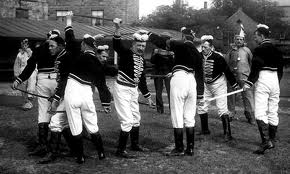 This module will research the transmission of sword dance within the UK and USA, tracing the pathways of the dance form from revivalists in the early 20th century through current day, identifying the teams, individuals, and organizations that facilitated its spread. The module will include an oral history that starts with the present day and traces the danceways back in time. The second part will begin with an examination of historical documents, tracing them forward in time. The resulting “family tree” of sword dance, starting with its English roots and following the branches as they spread across the Atlantic to North America will be accompanied by a narrative history, filling an important gap in our knowledge. I am excited to look at the changing ways in which people learn, practice and share these dance traditions; from generational tradition, to manuals, to Youtube and beyond.
This module will research the transmission of sword dance within the UK and USA, tracing the pathways of the dance form from revivalists in the early 20th century through current day, identifying the teams, individuals, and organizations that facilitated its spread. The module will include an oral history that starts with the present day and traces the danceways back in time. The second part will begin with an examination of historical documents, tracing them forward in time. The resulting “family tree” of sword dance, starting with its English roots and following the branches as they spread across the Atlantic to North America will be accompanied by a narrative history, filling an important gap in our knowledge. I am excited to look at the changing ways in which people learn, practice and share these dance traditions; from generational tradition, to manuals, to Youtube and beyond.
Module IV: Sword Dance Video Documentation Project
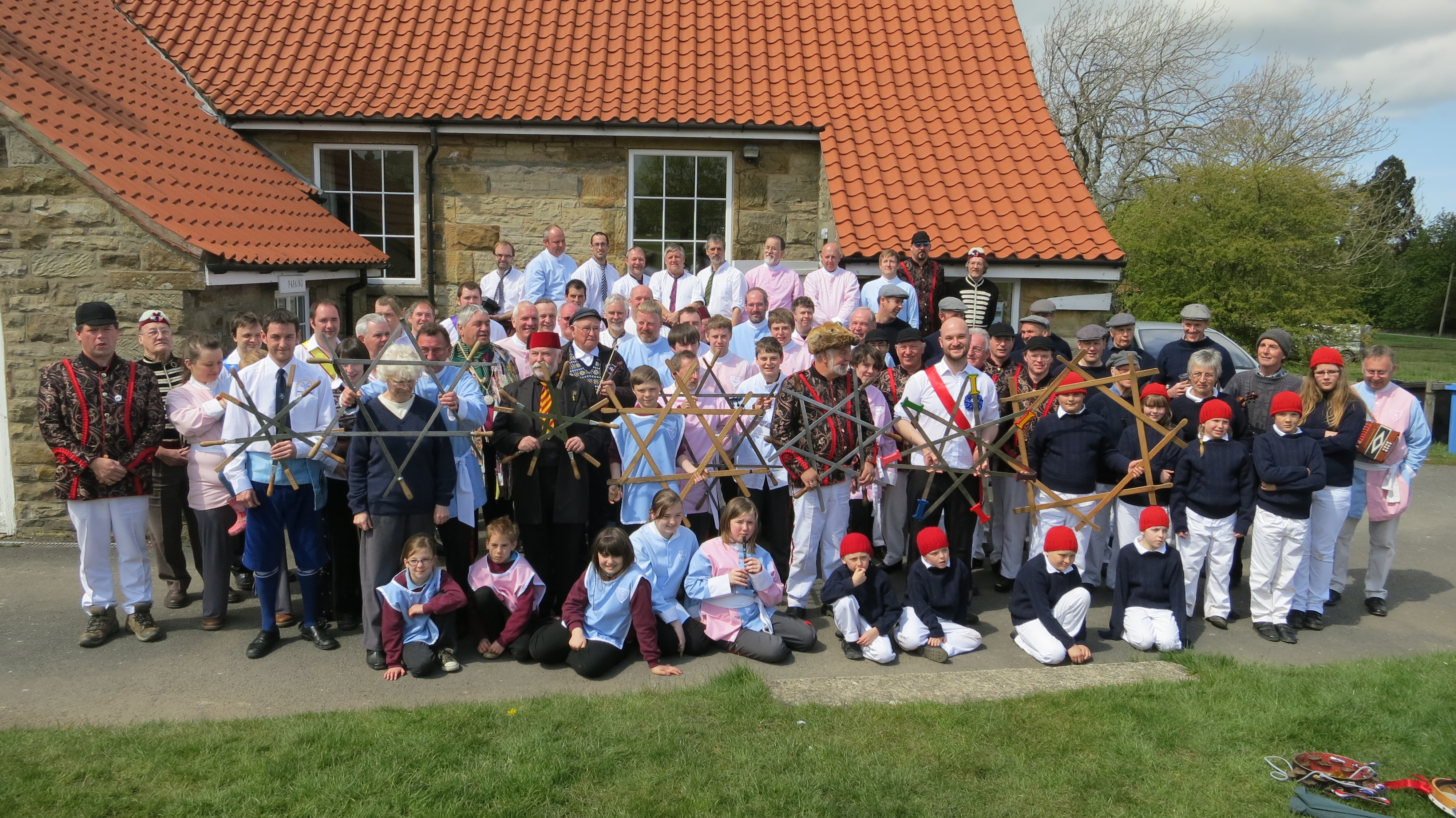 The Video Documentation Project aims to collect recordings of all the dances in active performance and maintaining an online archive of new dances as they emerge. This project will create a historical record of current sword dancing and serve as a resource for scholars as well as dancers wanting to learn new dances, styles or connect with new teams. It will also create a large pool of high-quality footage that could be used in publicity or publications in the future.
The Video Documentation Project aims to collect recordings of all the dances in active performance and maintaining an online archive of new dances as they emerge. This project will create a historical record of current sword dancing and serve as a resource for scholars as well as dancers wanting to learn new dances, styles or connect with new teams. It will also create a large pool of high-quality footage that could be used in publicity or publications in the future.
Module V: American Sword Dance Spectacular
The final module of this project will be a festival of sword dance taking place in the United States. The American Sword Dance Spectacular will be a joyous celebration of the rich tradition of sword dancing and the people and history behind it. Teams that participate in the census, heritage and video documentation projects will get the opportunity to meet each other, share dances, hold workshops and perform for the public. I also hope to bring teams who participated in the first module to perform and share, increasing awareness of the diversity of the European sword dance tradition. Furthermore, the Spectacular would package traditional participatory dance in a way that media outlets, the public, and funding organizations can understand.
Collaborators:
I will be collaborating with all of the sword dance groups for information, interviews, and census work. In the UK I will work with the English Folk Dance and Song Society, the Sword Dance Union, The Nut, and Rattle Up Me Boys as well as scholars such as Theresa Buckland, and Phil Heaton. In the US I will collaborate with the Country Dance and Song Society, the New York Sword Ale, Dancing America Rapper Tournament, and dance researchers such as Rhett Krauss, Jan Elliott, Steve Coursin, and Tony Barrand. I hope to find an institution to help promote, fund, and host the first American Sword Spectacular.
